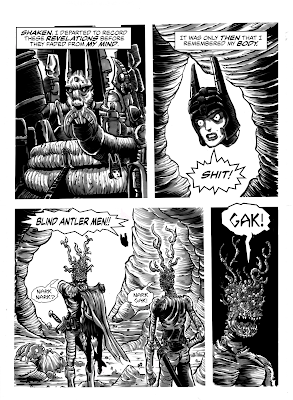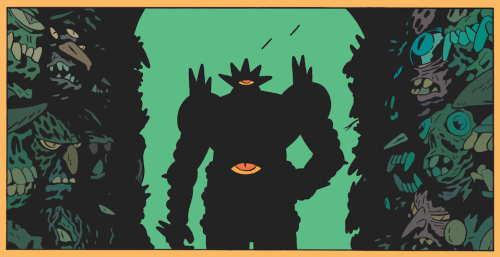Here's my revision of them a few years back. My idea is that the original polytheistic faith was reconfigured/revised in the wake of at least two reformers/prophets. Current worshippers practicing polytheistic, henotheism, monitism, or even perhaps atheism, with same underlying traditions.
(The game reasoning here was to get to a place approximating the monotheism-inspired D&D cleric, without losing the fantasy polytheism flavor.)
The oldest reformation is Rannism or Rannite Ascensionism. When the ancient emperor and retired adventurer Rann achieved apotheosis he realized the so-called gods were merely older beings in a higher state: Immortals, like himself. The principle doctrine of the faith is that man may achieve apotheosis by following the ancient paths rediscovered by Rann. Ascension is achieved by deeds which may be beyond the power of many, but piety will at least guarantee the faithful who don't ascend a place in the afterlife ruled by their patron Immortal. Rannitism is very much a "bootstraps" belief where the "capable" rightly benefit from their good fortune, and the "incapable's" lesser fortune is just.
Over a century after Rann departed this Plane, a cleric named Issus had a new, further revelation: Issianity. Issus claimed the Immortals (Rann included) had shown him in a vision that apotheosis was the right of all souled beings. The fact that only a scant few achieved it proved the current paths were a flawed approach. These had been set in place by the demiurge, Gigas, and his helpers. The struggles of adventurers seeking these paths was part of some cosmic game for the amusement of Gigas and his fellow. Issus believed in a transcendent god or force above the demiurge and beyond the game, and that this source would rescue the faithful from the Great Wheel of the Cosmos. Good Issians are expected to live a life wherein they seek to perform their given role in the "game" (Issus' teaching and those of latter saints talk a lot of things like "cosmic alignment") while at the same time recognizing its inherent artificiality.

























































